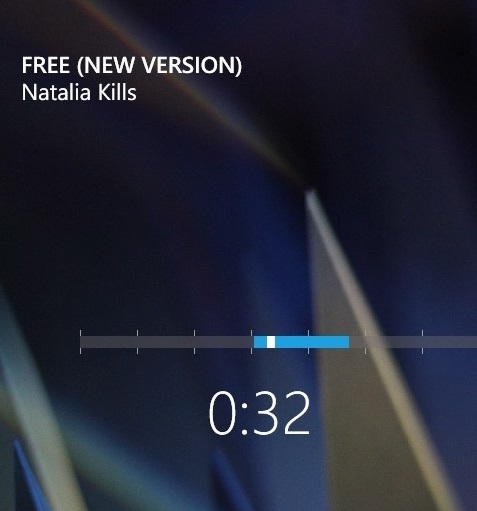

The screenĪlong with the curved design, the screen is the highlight of the device. And there's a gorgeous 3.7-inch AMOLED screen on the front. Three buttons on the side of the phone that offer volume, power, and a camera shutter.

The polycarbonate surface is broken with a Carl Zeiss 8 megapixel lens and dual LED flash on the rear. Also annoying is the fact that the battery isn’t accessible or replaceable and there isn’t a microSD slot either. Had Nokia included this, you would never need to faff about with silly plastic covers.

The idea of being able to slip it into a docking station or speaker is very appealing, and there are lots of other phones, like the HTC Rhyme or iPhone 4S where this works brilliantly. We think Nokia has missed a trick in missing out a dock connector. The micro USB charging cover is going to be your biggest complaint of the phone and the part that you are likely to break first as you fiddle to plug in your phone. You'll find a speaker at the bottom of the handset and it offers a good loud sound. The Micro SIM and Micro USB charging socket are found under covered compartments at the top of the device next to a 3.5mm headphones jack. It has curved edge that snugly fits your grip with the screen and the phone’s innards have been slipped into the shell as if it was Cinderella and the glass slipper. The Nokia Lumia 800 is hewn from a single piece of black, pink, or cyan coloured polycarbonate that gives you a seamless design. Nokia isn't back on top yet though, and there are still some questions to be asked, like: why there is no front facing camera, or Near Field Communication (NFC) for cashless payments. And the resulting handset takes its cues from the N9, and in our view, that's no bad thing. But it's also one of the things that caused Nokia to partner with Microsoft to create a Nokia Windows Phone. Despite being something of a return to form for Nokia, the N9 was dead before it went on sale.


 0 kommentar(er)
0 kommentar(er)
